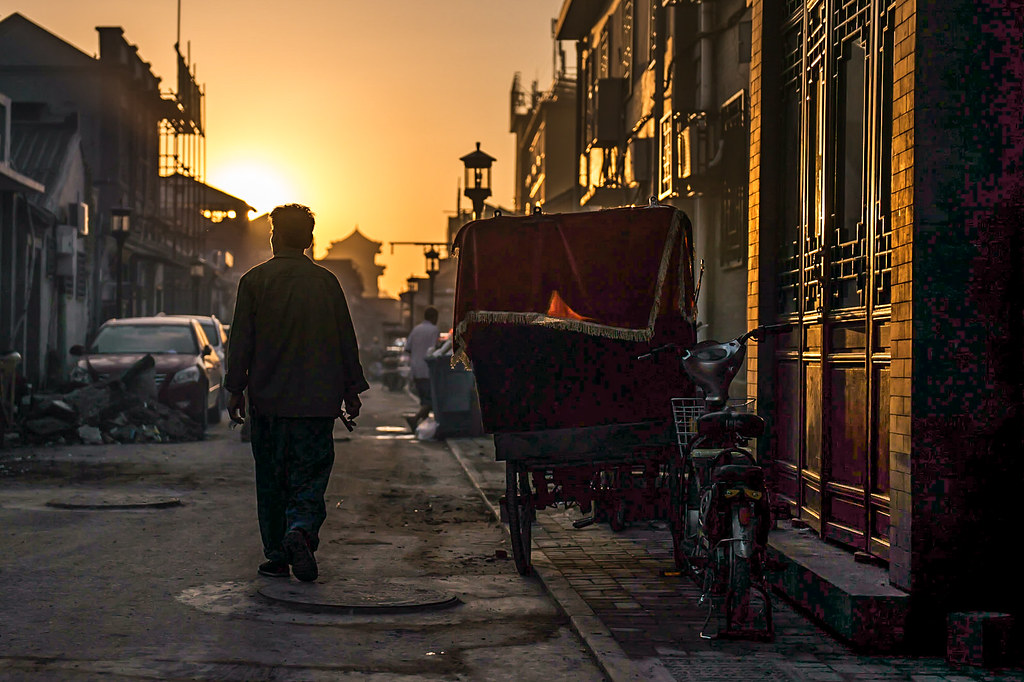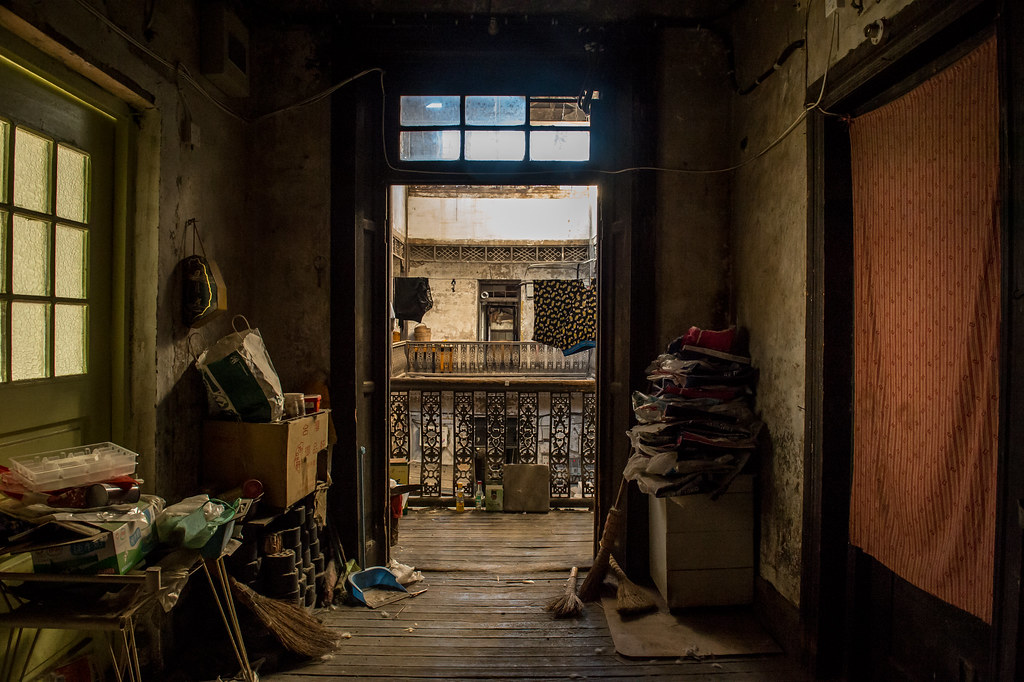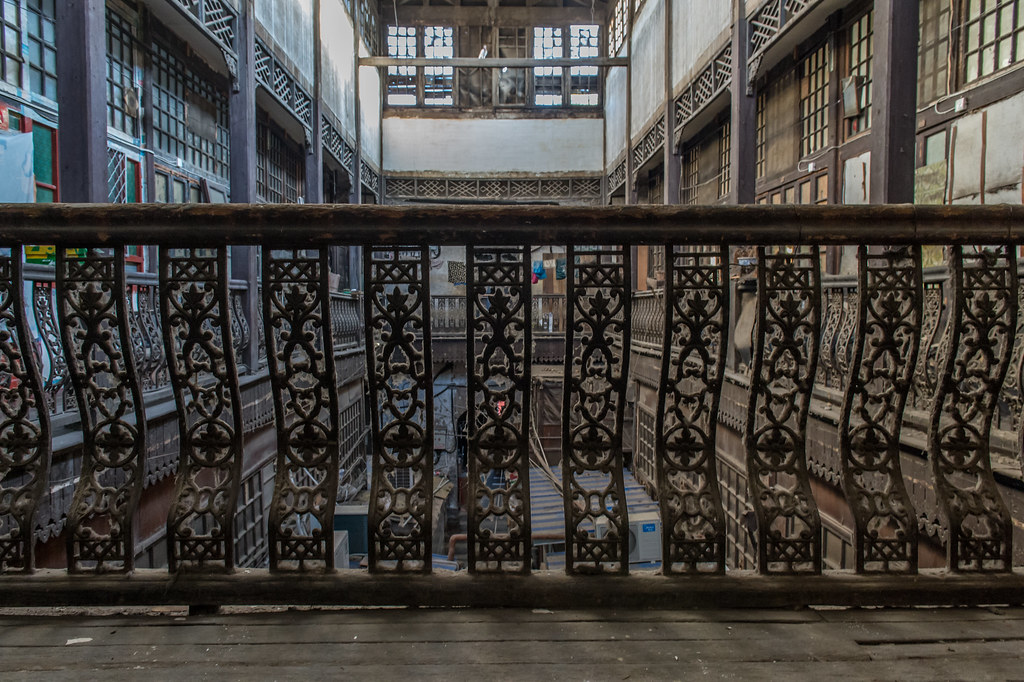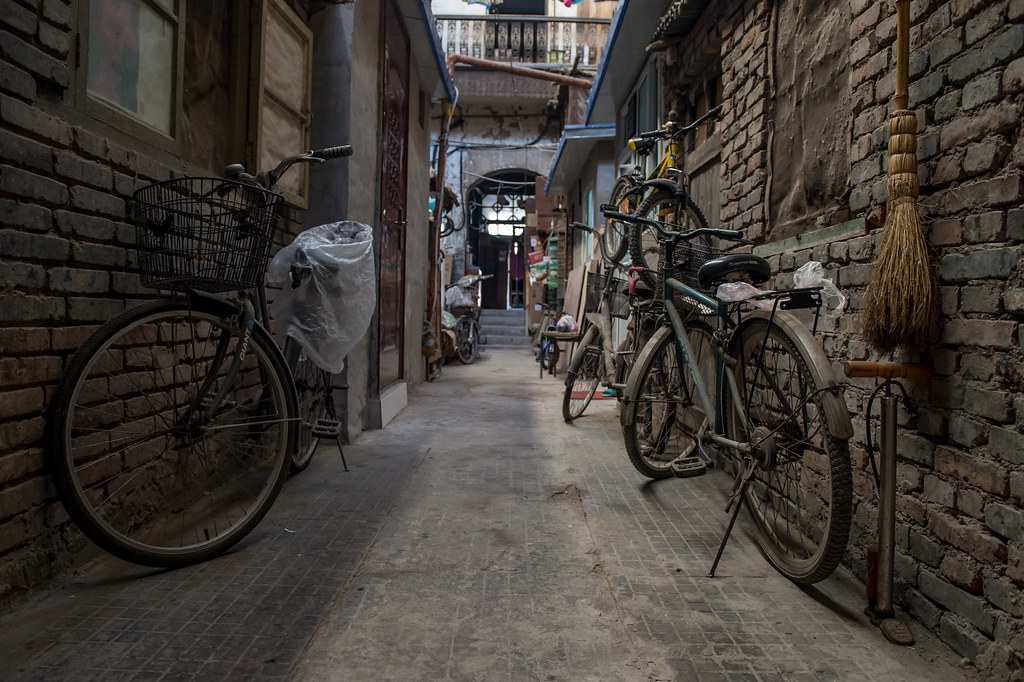
1/4000s, f/2.8, ISO 100, 55mm
Earlier this month, Nikon gave me a chance to try out the Nikon Df, Nikon’s new retro-style full-frame DSLR. The camera itself is beautiful, taking design cues from Nikon's 1970s-era FM film cameras.
Over the last several weeks, I’ve put the camera to use for the photography I do the most: urban landscape and street photography. I will cover my impressions of the camera for street photography in this post. For my next post, I will focus on using the camera for landscape shots, and then wrap up with some more general thoughts in a final post.
The technical specifications of the Df have been well documented, so I won’t go into a lot of detail here. The camera features the same 16-megapixel image sensor as the Nikon D4. The images are sharp and the performance in low light is superb.
Images at ISO levels of up 25,000 maintain plenty of details and the noise is kept under control. The camera’s dynamic range (the ability to capture shadow and highlight details at the same time) is also exceptional. In short, the Nikon Df is plenty capable of producing stunning pictures in the right hands.

1/400s, f/7.1, ISO 5000, 55mm
What sets the camera apart from other digital SLRs in the same class is the camera’s old-school layout with dedicated dials and buttons. Other camera makers have introduced similar designs with great success. The Df, however, stands out as the first full-frame, retro camera (not counting mirrorless models).
The camera is also noticeably smaller than peer cameras and, with a prime lens attached, it makes for a very handy and discreet combo for street photography.
Using the camera for my street photography has been a joy. I like to explore neighborhoods in the early morning and around sunset. Capturing a moment that conveys a narrative with an interesting and revealing composition takes patience and some luck -- like waiting for a worker to walk down the street in the right light or a parent walking a child to school.
I try to get a good sense of the scene I want to shoot and what kind of exposure I am looking for. In those situations, there are few surprises in terms of light and color, and I don’t have much need to rely on the camera’s meter. And this is where Df excels. Give and take a few adjustments, I generally have a sense of what exposure, say, the morning light demands, and here it’s really helpful to be able to rely on dedicated buttons to fine-tune the exposure.

1/50s, f/8, ISO 3600, 24mm
In fact, it’s as if the camera begs you to shoot in manual mode. I have found myself more carefully considering the different variables that go into capturing a given moment exactly the way I want. In that way, the camera makes me feel that I am truly crafting the image in a similar way to how I used to shoot film.
Coming from a conventional digital SLR, the retro design can be challenging. Mastering the controls takes some time getting and the camera is not for someone picking up their first DSLR (as the price point would suggest as well). Shooting at night, it can also be difficult to see the settings of the different dials. In the end, I started to get the hang of using the dials and buttons without looking and relying on the display in the viewfinder.
The Df is a fantastic fit for street photography. Light and fun to use, I also felt challenged to think more carefully about my shots. It’s for situations where you have time to think more carefully about each shots, and that’s when the camera will reward you with outstanding results.
For more information, be sure to check Nikon’s website on the Df.

1/50s, f/4, ISO 2800, 24mm
Lovely images the light and imagery is very cinematic. Wonderful review of the Df.
ReplyDelete